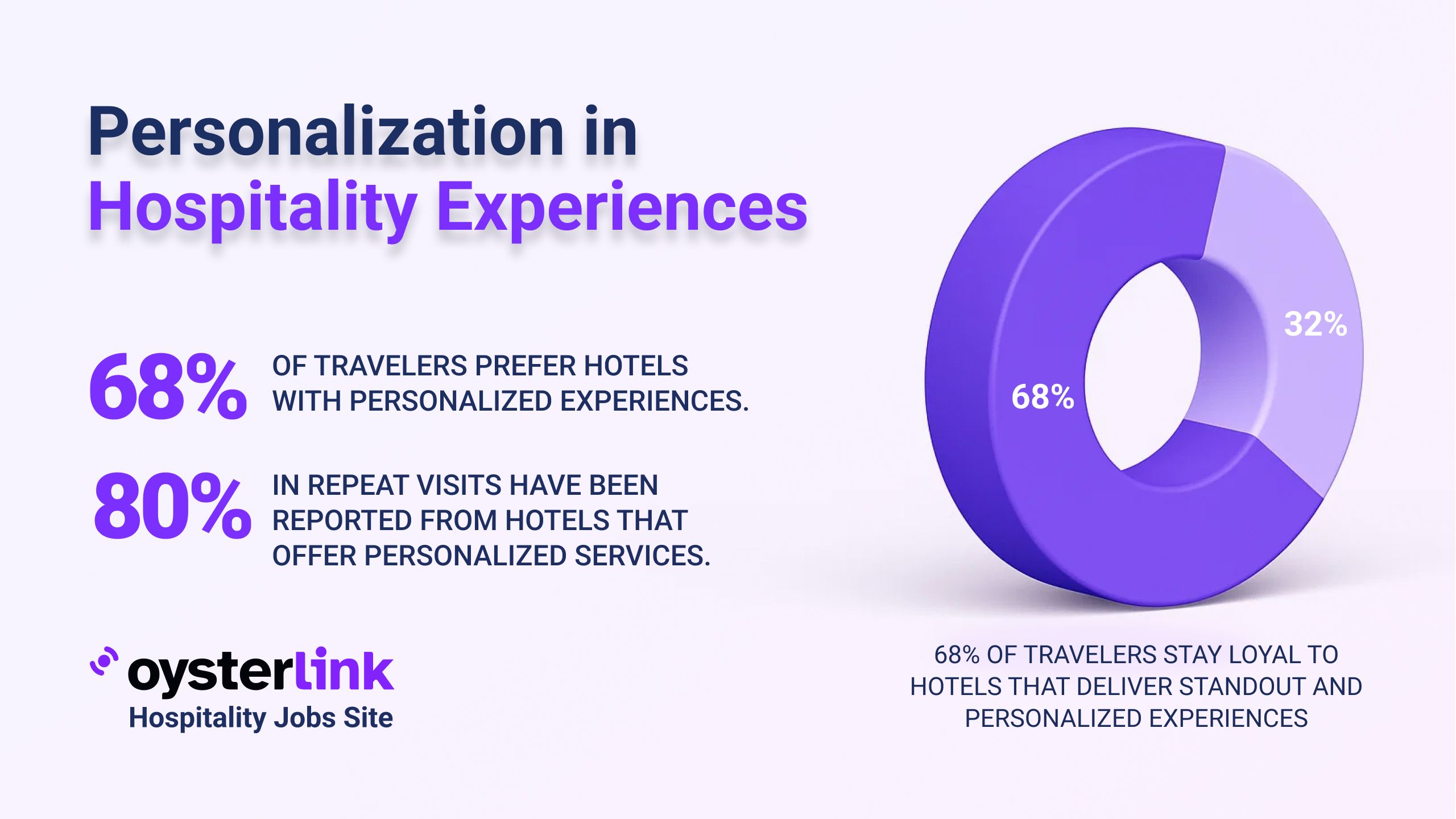Columbus/Ohio Cost of Living: Quick Takeaways
- Housing Costs: Average rent for a one-bedroom apartment in Columbus is projected to reach $1,300 in 2025.
- Transportation Expenses: Public transit one-way fare is about $2.00 and monthly passes cost around $62.00, with fuel prices averaging $3.19 per gallon.
- Healthcare Costs: Monthly health insurance premiums average approximately $700 for Silver plans in 2025, which is 18% lower than the national average.
- Income Levels: Median household income in Columbus is expected to rise to $67,000 in 2025.
Columbus, Ohio, offers a varied cost of living that balances affordability with urban amenities. Understanding local expenses helps residents and newcomers plan their finances effectively.
This article provides a comprehensive breakdown of the cost of living factors in Columbus as of 2025, including housing, transportation, utilities, and more.
1. Housing Costs in Columbus/Ohio
Housing is one of the most significant expenses for residents. Here is a look at the rent trends for a one-bedroom apartment in Columbus over recent years:
- 2010: Approximately $700
- 2015: Around $850
- 2020: Approximately $1,000
- 2024: Reached $1,224
- 2025: Projected to be $1,300
The steady increase in rent reflects Columbus's growing demand for rental housing and economic development.
Understanding the local real estate market can be crucial for hospitality businesses looking to expand or open new locations in the city.
Hospitality real estate market trends highlight opportunities and challenges in expanding hospitality operations in such growing urban areas.
2. Homeownership and Real Estate Trends in Columbus/Ohio
For those interested in purchasing property, median home prices have shown consistent growth over the last decade and beyond:
- 2010: Median home price was around $150,000
- 2015: Increased to approximately $180,000
- 2020: Grew to $225,000
- 2024: Reached $234,500
- 2025: Projected to rise to $250,000
This trend indicates positive market conditions for homeowners but may pose affordability challenges for first-time buyers.
3. Transportation Expenses in Columbus/Ohio
Transportation costs include public transit, fuel, and vehicle maintenance:
- Public Transit: One-way fare is approximately $2.00, with monthly transit passes costing around $62.00.
- Fuel Prices: Fuel costs average $3.19 per gallon in 2025.
- Vehicle Maintenance: Annual maintenance expenses are about $1,200.
These figures reflect moderate transportation costs influenced by local infrastructure and commuting habits.
4. Utility Costs in Columbus/Ohio
Typical monthly utility expenses for a standard household include:
- Electricity: $223.29
- Internet Services: $60.00
- Total Monthly Utilities: $283.29
Utility costs are slightly above the national average, driven primarily by electricity expenses.
5. Grocery and Food Expenses in Columbus/Ohio
Grocery costs typically hover near national averages.
Monthly grocery expenses per person are estimated at $300.00. Dining out costs vary, with casual meals averaging $15 and mid-range restaurant meals around $50.
Restaurants and hospitality businesses should consider these costs when setting menu pricing and managing food budgets efficiently.
How to reduce bar waste is critical for controlling restaurant food costs and maximizing profits.
6. Healthcare Costs in Columbus/Ohio
Healthcare spending includes insurance premiums and out-of-pocket costs.
Average monthly premiums for employer-sponsored health insurance are about $650, while Silver health insurance plans average around $700 monthly in 2025, representing an 18% lower cost than the national average.
7. Educational Expenses in Columbus/Ohio
Education options have varied costs:
- Public Schools: Cost-free as they are funded by taxes.
- Private Schools: Average tuition approximately $10,000 annually.
- Higher Education: In-state university tuition averages $11,000 per year.
These expenses vary depending on specific educational choices.
8. Entertainment and Leisure in Columbus/Ohio
Residents enjoy access to numerous leisure activities with related costs:
- Movie Tickets: Average $11.70 each.
- Gym Memberships: $40.00 monthly on average.
- Mid-Range Restaurant Meal: Costs around $50.
Annual entertainment expenses amount to about $2,400, with additional personal care services averaging $600 yearly.
9. Taxes and Miscellaneous Fees in Columbus/Ohio
Key tax considerations for residents include:
- State Income Tax: Ranges from 0% up to 3.99% based on income levels.
- Sales Tax: Combined sales tax totals approximately 7.5%.
- Property Tax: Averages around 1.5%, based on property value.
These taxes influence overall living costs and should be factored into budgeting.
10. Childcare and Family Expenses in Columbus/Ohio
Families need to plan for childcare and related costs:
- Daycare Services: Average $1,000 monthly.
- After-School Programs: Cost about $300 per month.
- Extracurricular Activities: Approximate $150 monthly expense.
Budgeting for these expenses is essential for families with young children.
11. Clothing and Personal Care in Columbus/Ohio
Typical monthly expenses include:
- Clothing: Around $100 per month.
- Personal Care Products and Services: Estimated $50 monthly.
These costs may vary depending on lifestyle choices.
12. Insurance Costs in Columbus/Ohio
Various insurance premiums impact the cost of living:
- Health Insurance: Approximate $700 monthly for health plans.
- Auto Insurance: Annual premiums average $1,200.
- Homeowners Insurance: Roughly $1,000 annually.
- Renters Insurance: About $200 annually.
Insurance costs are important for financial security and legal compliance.
13. Miscellaneous Expenses in Columbus/Ohio
Additional costs include personal care services and miscellaneous goods:
- Personal Care Services: Annual expense estimated at $600.
- Miscellaneous Goods and Services: Costs around $500 yearly.
These expenses contribute to overall lifestyle costs and vary by individual preferences.
14. Income and Salaries in Columbus/Ohio
Understanding income trends is vital for assessing affordability:
- 2010: Median household income was about $45,000.
- 2015: Increased to approximately $50,000.
- 2020: Reached around $60,000.
- 2023: Approximately $65,327.
- 2025: Projected to be $67,000.
The steady rise in income reflects economic growth in Columbus.
When considering hospitality jobs in Columbus, it is helpful to review the local salary landscape. For instance, detailed hospitality wages in 2025 provide insights into compensation trends across various positions.
Employers can benefit from restaurant staff hiring strategies to attract qualified professionals in competitive markets like Columbus.
15. Comparison with National Averages
Comparing Columbus's cost of living with national figures helps highlight relative affordability:
- Overall Cost of Living: Approximately 5% lower than the national average.
- Housing: About 4% lower in cost.
- Utilities: Costs are roughly 3% higher.
- Food: Approximately 1% higher in cost.
- Healthcare: Significantly lower by around 18%.
- Transportation: About 12% less costly.
- Goods & Services: Approximately 6% lower than the national average.
These comparisons assist residents and newcomers in evaluating economic trade-offs.
Our Methodology for Columbus/Ohio Cost of Living Figures
We compile data from various authoritative sources including Numbeo, the Bureau of Labor Statistics, Zillow, state government databases and local agencies. Some numbers are estimates when direct data are unavailable, ensuring a comprehensive and realistic picture.
Columbus/Ohio Cost of Living: Conclusion
The cost of living in Columbus in 2025 reflects a balance between affordability and urban amenities, with housing and healthcare costs notably below national averages.
While utilities and food may be slightly higher, overall expenses remain manageable for most households given rising income levels.
Understanding these factors helps residents and prospective movers plan effectively for life in Ohio's capital city.
For those considering career opportunities in the hospitality sector in Columbus, checking out the restaurant manager career guide or exploring how to become a bartender in Columbus can provide valuable career insights.



.jpg)
.jpg)